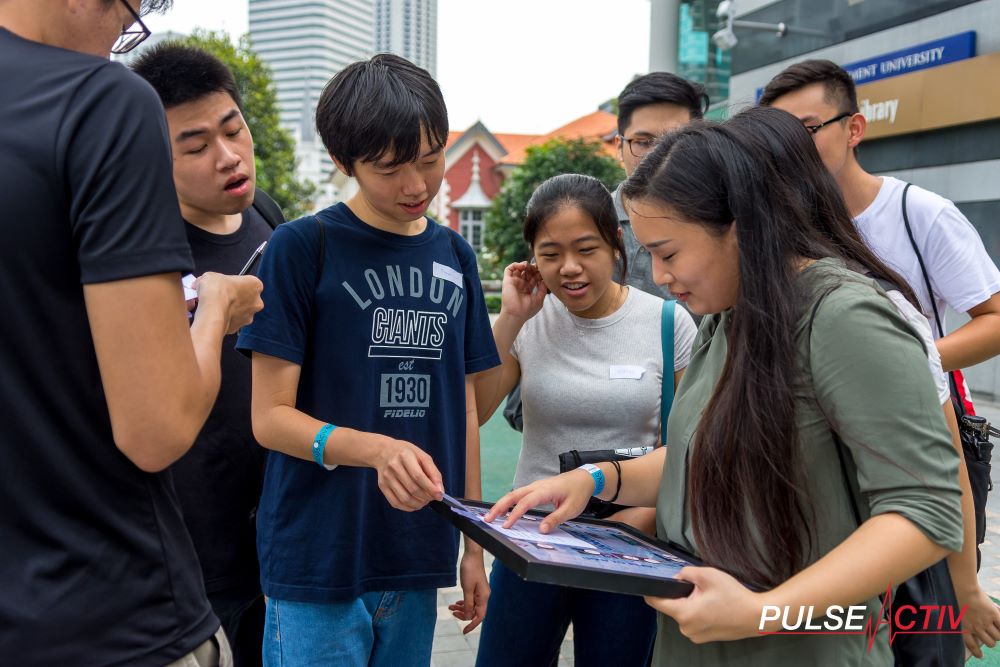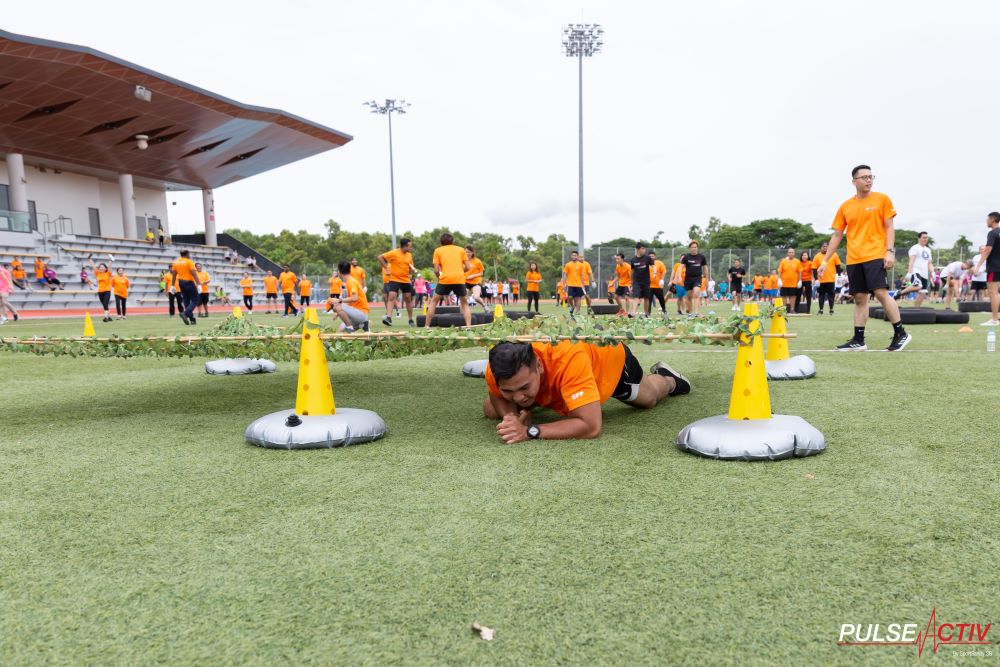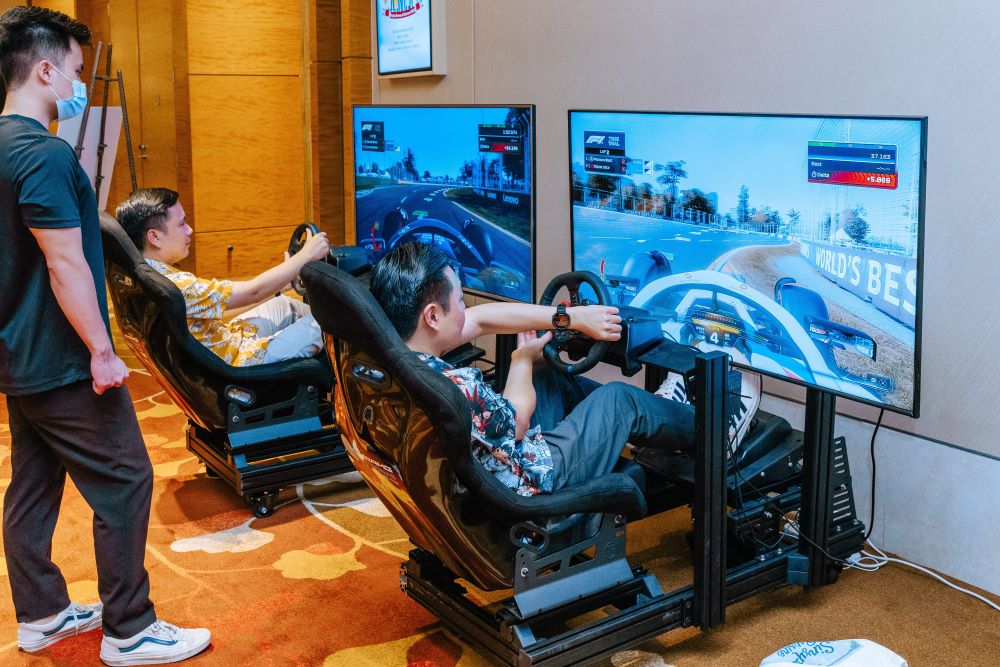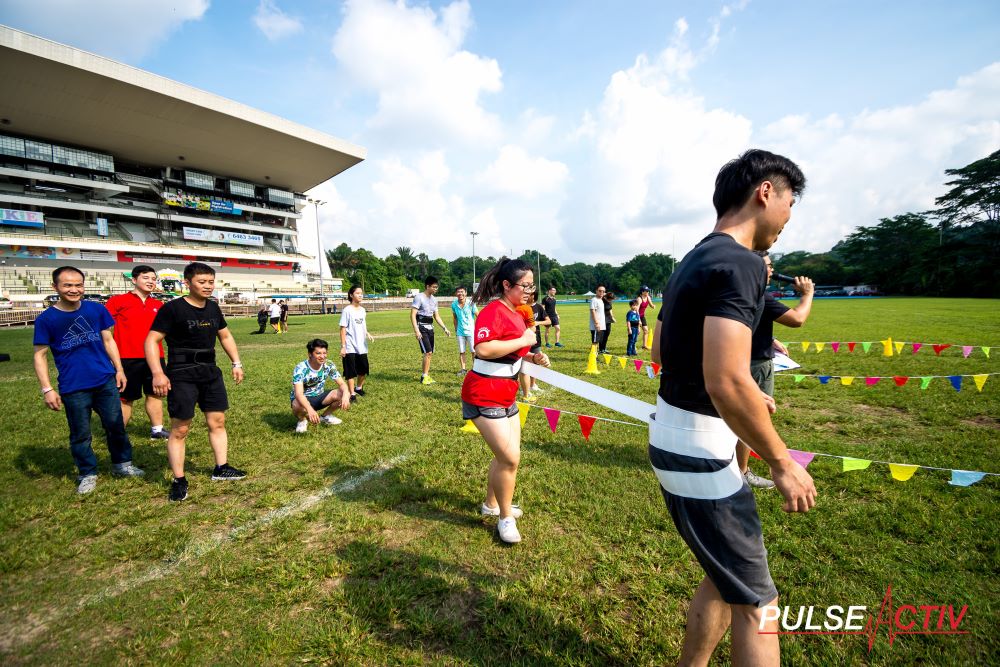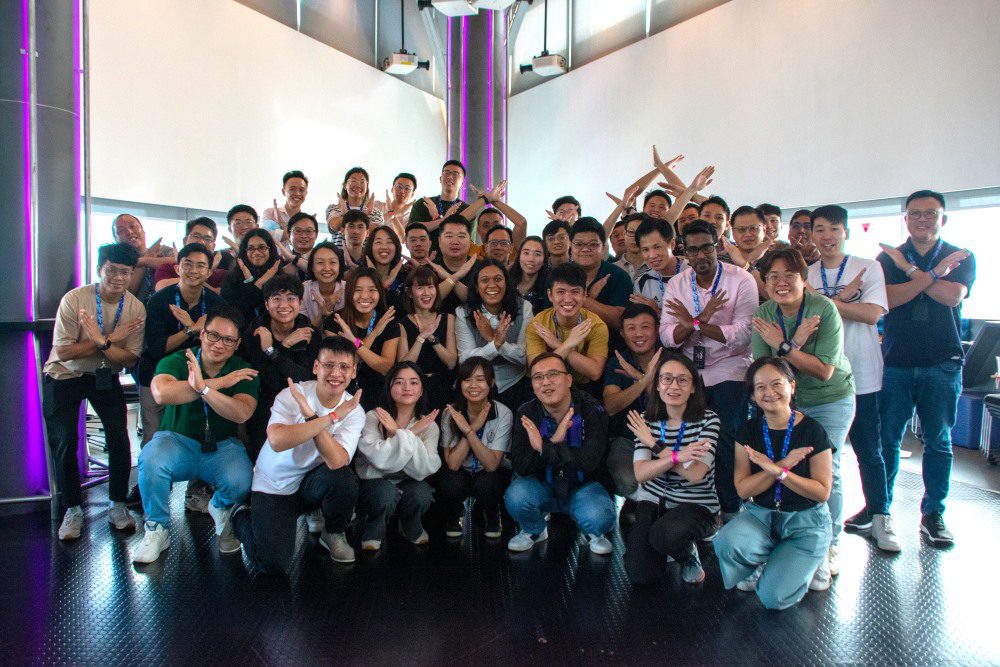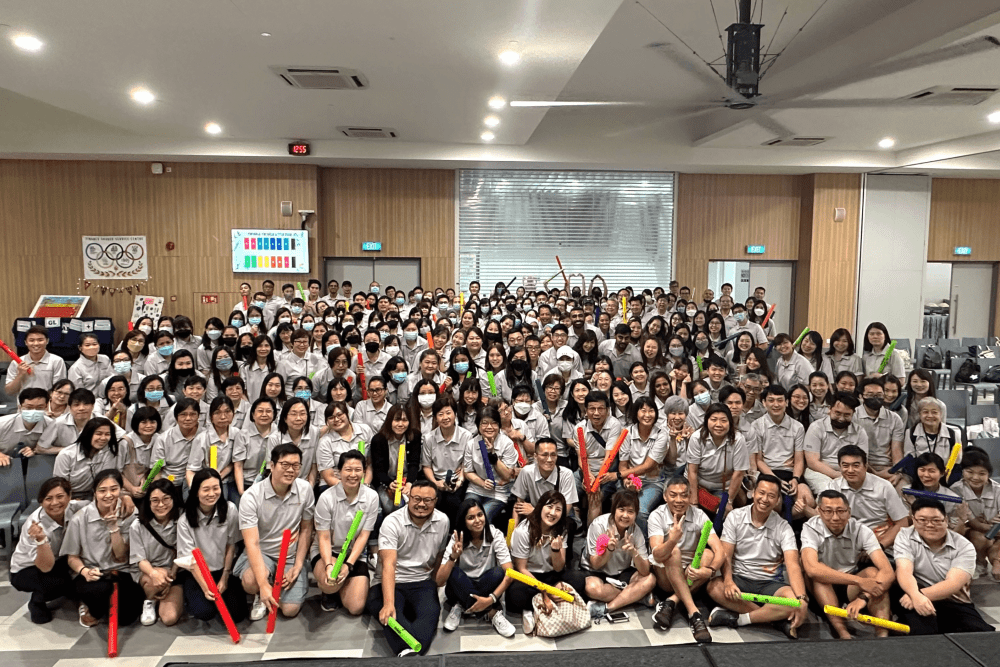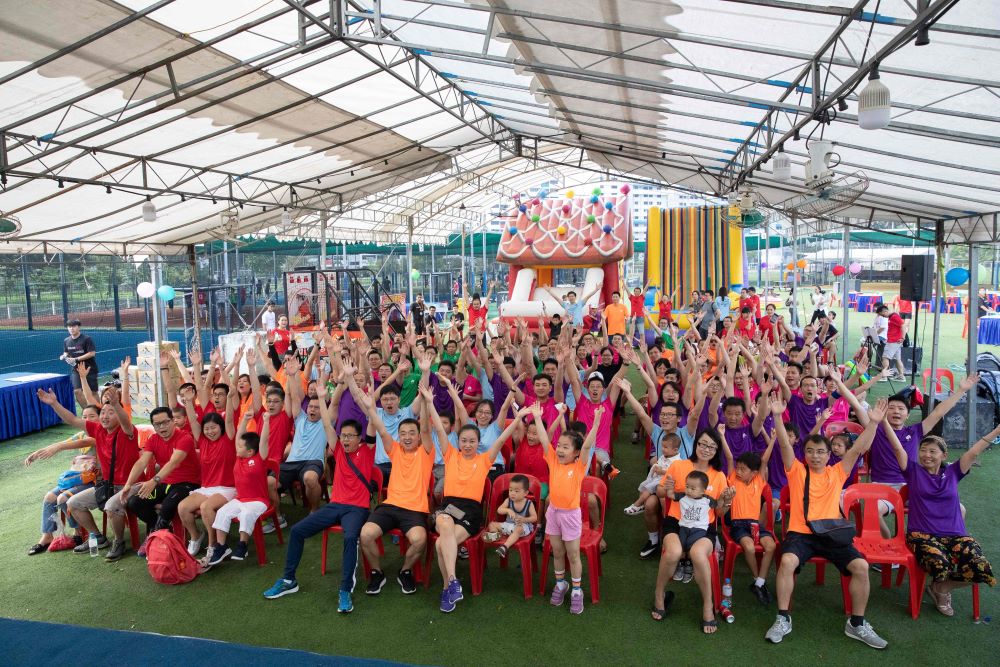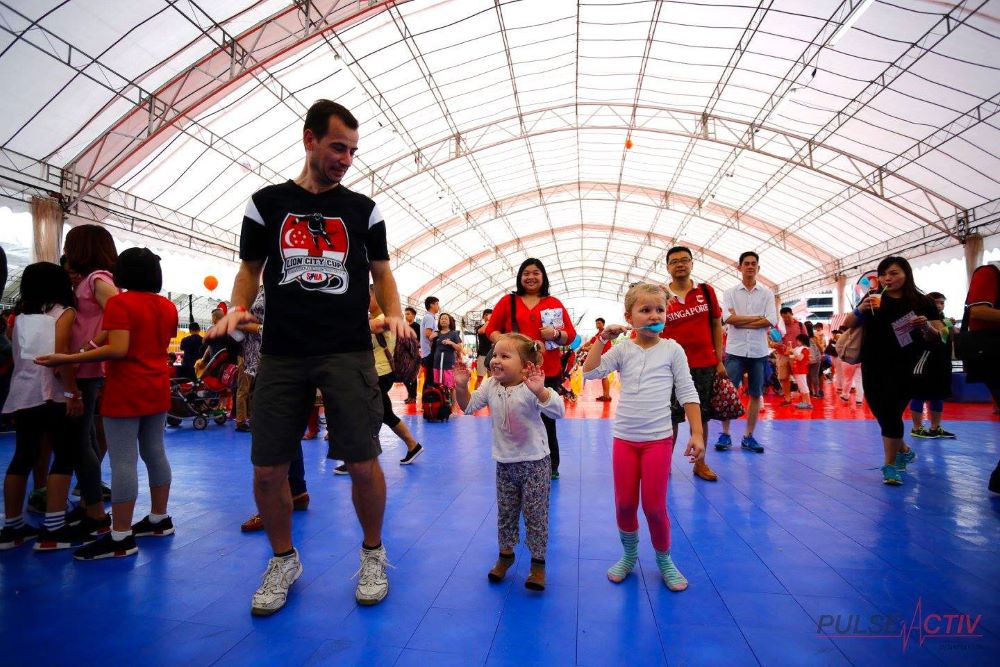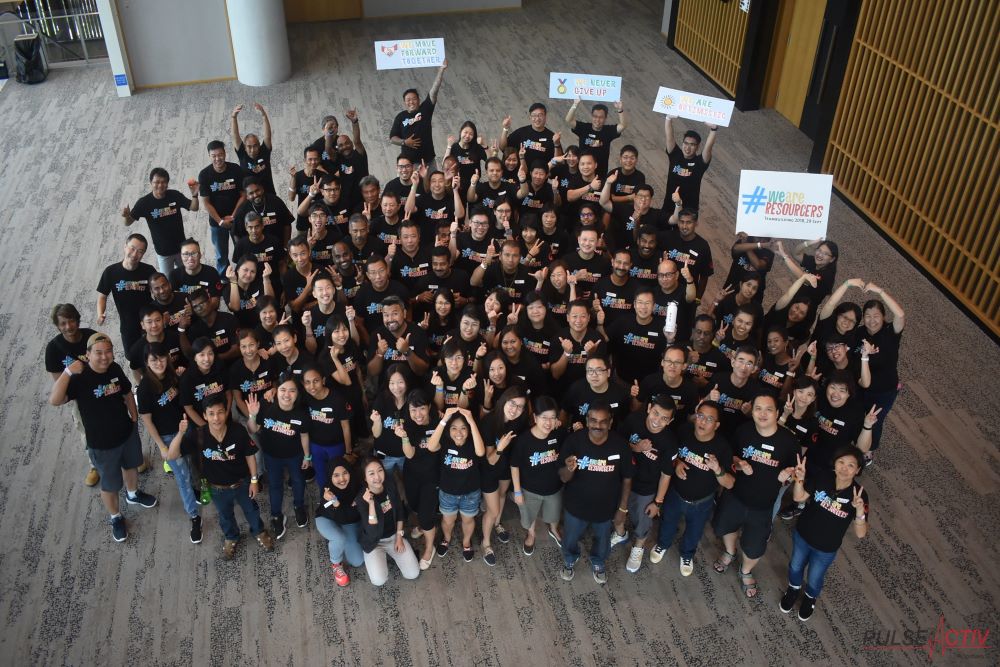Here's Why Property Typhoon is the Perfect Team Building Activity for Your Office Grounds
In the realm of team-building activities, Property Typhoon stands out as an exceptional choice for office grounds. This dynamic and engaging game blends problem-solving, strategy, and fun, making it an ideal choice for enhancing team cohesion and productivity. Here’s a closer look at why Property Typhoon is perfect for your next office team-building event.
1. Immersive Gameplay
Property Typhoon is designed to captivate participants with its immersive gameplay. Teams compete in a simulated environment that mirrors real-world challenges, such as property management and development. The game’s interactive nature encourages participants to immerse themselves fully, fostering a sense of camaraderie and collaboration. By navigating through various scenarios and making strategic decisions, employees learn to work together effectively while having fun.
2. Promotes Collaboration and Communication
One of the primary benefits of Property Typhoon is its ability to enhance collaboration and communication within teams. The game requires participants to strategize, negotiate, and share information to achieve common goals. These interactions mirror real-life workplace dynamics, making it an excellent tool for improving communication skills and fostering a collaborative work environment. As teams work together to overcome challenges, they build stronger relationships and a more cohesive team spirit.
3. Encourages Strategic Thinking and Problem-Solving
Property Typhoon challenges participants to think strategically and solve problems creatively. The game involves managing resources, making critical decisions, and adapting to changing circumstances. These elements mimic the complexities of real-world business scenarios, providing employees with an opportunity to sharpen their strategic thinking and problem-solving skills. By engaging in this type of simulation, team members gain valuable insights into effective decision-making and strategic planning.
4. Flexible and Customizable
One of the standout features of Property Typhoon is its flexibility and customization options. The game can be tailored to fit the specific needs and objectives of your team. Whether you’re looking to address particular team dynamics or focus on specific skills, Property Typhoon can be adapted to align with your goals. This customization ensures that the activity remains relevant and impactful, maximizing its benefits for your team.
5. Ideal for Office Grounds
Hosting Property Typhoon on your office grounds offers several advantages. Firstly, it eliminates the need for off-site travel, saving time and resources. Secondly, it creates a comfortable and familiar environment for participants, allowing them to focus on the game without the distractions of an unfamiliar location. The office grounds provide a convenient and accessible setting for the activity, making it easier to integrate into your regular work schedule.
6. Fun and Engaging Experience
At its core, Property Typhoon is designed to be fun and engaging. The game’s competitive elements, interactive challenges, and lively atmosphere ensure that participants remain motivated and enthusiastic throughout the event. This enjoyment not only makes the team-building experience more memorable but also contributes to improved morale and job satisfaction.
7. Boosts Team Morale and Motivation
By providing a stimulating and enjoyable experience, Property Typhoon helps boost team morale and motivation. The sense of achievement from overcoming challenges and working together towards a common goal creates a positive and energizing atmosphere. This uplift in morale translates into increased motivation and a more positive attitude towards work, benefiting overall team performance.
8. Reinforces Team Goals and Values
Property Typhoon is an effective way to reinforce team goals and organizational values. The game can be designed to reflect your company’s mission, vision, and core values, allowing participants to connect these principles with their daily work. By integrating these elements into the game, you reinforce the importance of alignment with organizational objectives and foster a stronger sense of purpose within the team.
Conclusion
Property Typhoon is an excellent choice for a team-building activity on your office grounds. Its immersive gameplay, focus on collaboration and communication, and flexibility make it a valuable tool for enhancing team dynamics and skills. By choosing Property Typhoon, you provide your team with a fun and engaging experience that promotes strategic thinking, boosts morale, and reinforces team goals. So why not bring the excitement of Property Typhoon to your office grounds and watch your team thrive?
To head back to read another article in our blog, click here.
